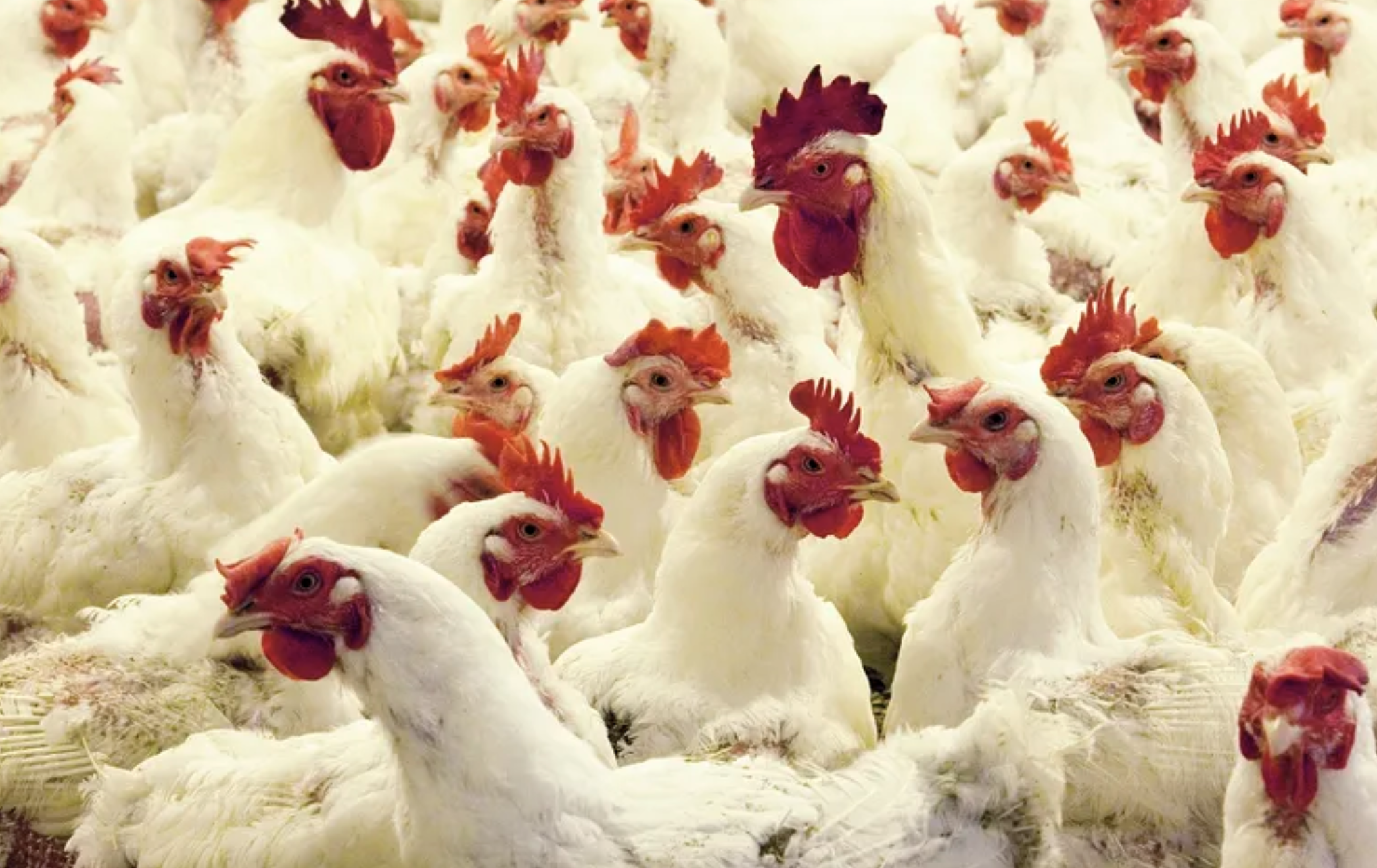DES MOINES, Iowa — More than 4 million chickens in Iowa will have to be killed after a case of the highly pathogenic bird flu was detected at a large egg farm, the state announced Tuesday.
Crews are in the process of killing 4.2 million chickens after the disease was found at a farm in Sioux County, Iowa, making it the latest in a yearslong outbreak that now is affecting dairy cattle as well.
Last week, the virus was confirmed at an egg farm west of Minneapolis, Minnesota, leading to the slaughter of nearly 1.4 million chickens.
Overall, 92.34 million birds have been killed since the outbreak began in 2022, according to the U.S. Department of Agriculture …
“In 1996, highly pathogenic avian influenza H5N1 virus is first identified in domestic waterfowl in Southern China. The virus is named A/goose/Guangdong/1/1996. In 1997, H5N1 poultry outbreaks happen in China and Hong Kong with 18 associated human cases (6 deaths) in Hong Kong.” – CDC
Bird flu’s low risk for humans doesn’t mean it’s not being taken seriously
Letter From the Editor: By Dan Flynn on May 29, 2024
— OPINION —
FOOD SAFETY NEWS – Events in life often come to describe essential eras. Our grandparents had the Great Depression. We had had the Vietnam era. And so on.
I am hoping this time, it will not end up being known for its respiratory diseases.
The Covid-19 pandemic gave us quite enough of that. It was comforting a couple of weeks ago when it was announced that respiratory illnesses up and down Colorado’s Front Range are running at normal pre-pandemic levels.
Normal, dull levels are good. But then come these reports of avian influenza A(H5N1) on the rise among cattle in multiple states.
We’re told that human health risk remains low, but led by the Centers For Disease Control and Prevention, government health resources are getting prepared for the potential of the virus to adapt to enable human-to-human transmission.
CDC reportedly has two vaccine candidates available if needed. There is no evidence yet that H5N1 could spread between humans, but vaccines are essential for pandemic preparedness.
That’s not just according to CDC but also GlobalData, an involved data and analytics company.
Influenza A(H5N1) is classified as a highly pathogenic avian influenza (HPAI) virus that predominately affects poultry and wild birds.
The ongoing multi-state outbreak, only since March, among dairy cattle, affects at least 49 dairy herds across nine states. The latest development is that bird flu virus particles have been found in tissue samples of U.S. dairy cows sent to slaughter.
The stepped-up testing that found two dairy workers also affected by the virus found the flu in at least 58 dairy herds in nine states.
Infected cattle have transferred the virus to cats. Other wild mammals have been infected.
Stephanie Kurdach, an Infectious disease Analyst at GlobalData, says: “Although H5N1 infections in humans are rare, they can cause severe disease and should be taken seriously.”
Although all three humans infected with bird flu since 2022 have fully recovered, according to The World Health Organization (WHO), the mortality rate among humans infected with influenza A(H5N1) is approximately 50 percent
The two vaccines in the nation’s stockpile are in limited quantities. According to GlobalData, in human outbreaks, hundreds of thousands of doses of these vaccines could be shipped out within a few weeks and more than 100 million doses within three to four months.
Kurdach continues:
“These precautionary measures being taken by the U.S. government are essential to prepare for and mitigate the effects of a potential pandemic, which is a possibility if viral mutations allow H5N1 to be readily transmitted between humans.”
According to the WHO, the next pandemic will most likely be caused by the influenza virus.
GlobalData has identified 13 vaccines in active clinical development (Phases I-III) indicated for pandemic influenza/influenza A(H5N1). Of note are vaccine candidates from GSK (influenza A/H5N1 vaccine) and Moderna (mRNA-1018) in active Phase I/II clinical trials.
An mRNA H5N1 vaccine would be particularly beneficial during a pandemic, as it can be manufactured much quicker than traditional vaccines.
Kurdach concludes: “Although the current risk of infection with influenza A(H5N1) to the general public is low, it is important to avoid contact with domestic and wild birds and to cook poultry products well.”
I am glad to see some intelligent people taking this all seriously, but these pre-emptive preparedness measures can only go so far. Milk pasteurization is one defense that some raw milk drinkers have already said they plan to ignore. We need everybody on the same team.
It’s time to pay close attention and hope the best science lands us in one of those normal, dull places.
(To sign up for a free subscription to Food Safety News, click here.)



